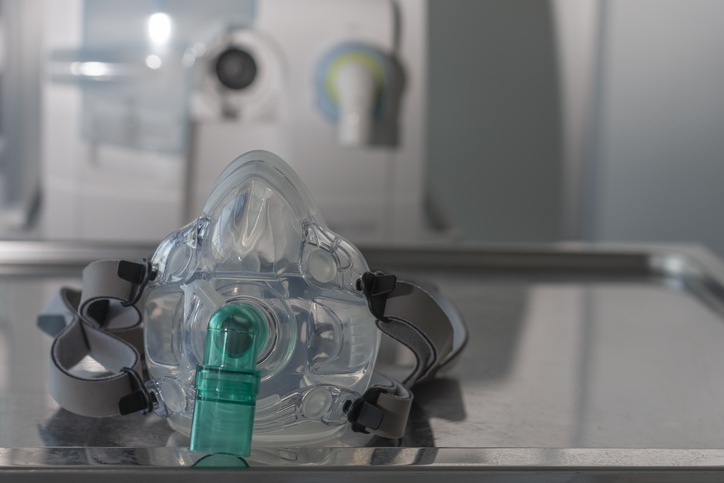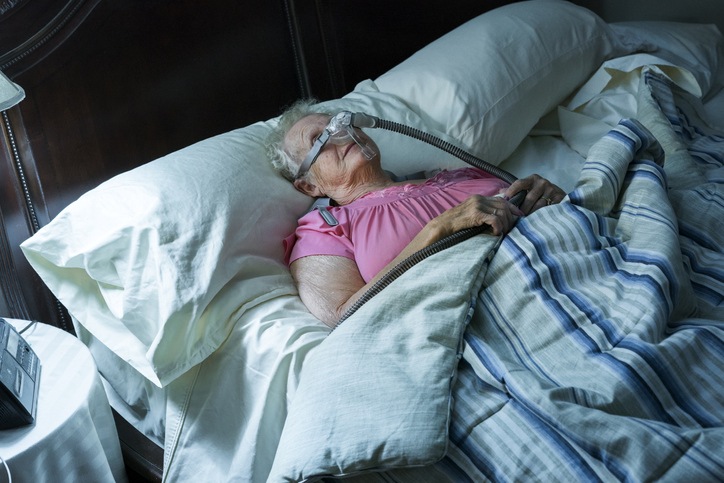
A retrospective study observed the effect of pulmonary hypertension (PH) in patients hospitalized with acute exacerbation of chronic obstructive pulmonary disorder (AECOPD). The researchers concluded that patients with AECOPD and PH, compared with those without PH, were at an increased risk for adverse outcomes including in-hospital mortality, morbidity, total hospitalization cost, and hospital length of stay (LOS). The results of the study were presented at the CHEST Annual Meeting 2020.
The 2016 and 2017 National Readmission Database was retrospectively reviewed for admissions with a primary AECOPD diagnosis and PH secondary diagnosis. Patients aged younger than 18 years, non-elective admission, and discharge in December were excluded. The main outcome measure was in-hospital mortality during the index admission; additional outcomes included 30-day readmission rates, resource utilization, and morbidity including intubation rates (IR), prolong invasive mechanical ventilation >96 hours (PIMV), tracheostomy rate (TR), chest tube placement rate (CR), and bronchoscopy rate (BR) during the index admission.
Of 821,468 AECOPD patients identified, 68,429 (8.33%) had PH. Factors associated with PH included female sex (61.1%), Medicare insurance (79.5%), higher Charlson Comorbidity Index (CCI) burden, lower economic status, and admission to a large urban teaching hospital.
Patients with PH, compared with those without PH, had a higher adjusted odds ratio (aOR) for in-hospital mortality (1.89; 95% confidence interval [CI], 1.73-2.07; P<0.01) and 30-day readmission (1.24; 95% CI, 1.21-1.28; P<0.001). Patients with PH also had higher morbidity, including IR (aOR, 1.99; 95% CI, 1.85-2.14; P<0.01), PIMV (aOR, 2.12; 95% CI, 1.89-2.38; P<0.001), TR (aOR, 2.15; 95% CI, 1.53-2.90; P<0.001), BR (aOR, 1.46; 95% CI, 1.11-1.94; P<0.007), and CR (aOR, 1.39; 95% CI, 1.11-1.74; P<0.004). PH increased resource utilization through higher total hospitalization cost and longer LOS.
Factors independently associated with 30-day readmissions were age 30 to 50 years, index LOS longer than three days, Medicare insurance, higher CCI burden, higher hospital volume quintile for AECOPD, opioid and cocaine dependency, and any discharge other than routine during the index hospitalization.
Factors independently associated with a reduced risk of 30-day readmissions were female sex, private insurance, uninsured, higher household income, and residence in a small metropolitan area during the index admission.
“Early diagnosis and appropriate treatment of PH, close follow-up, and early referral to lung transplant will be beneficial to such patients who found to have PH in management of AECOPD,” the researchers concluded.







 © 2025 Mashup Media, LLC, a Formedics Property. All Rights Reserved.
© 2025 Mashup Media, LLC, a Formedics Property. All Rights Reserved.